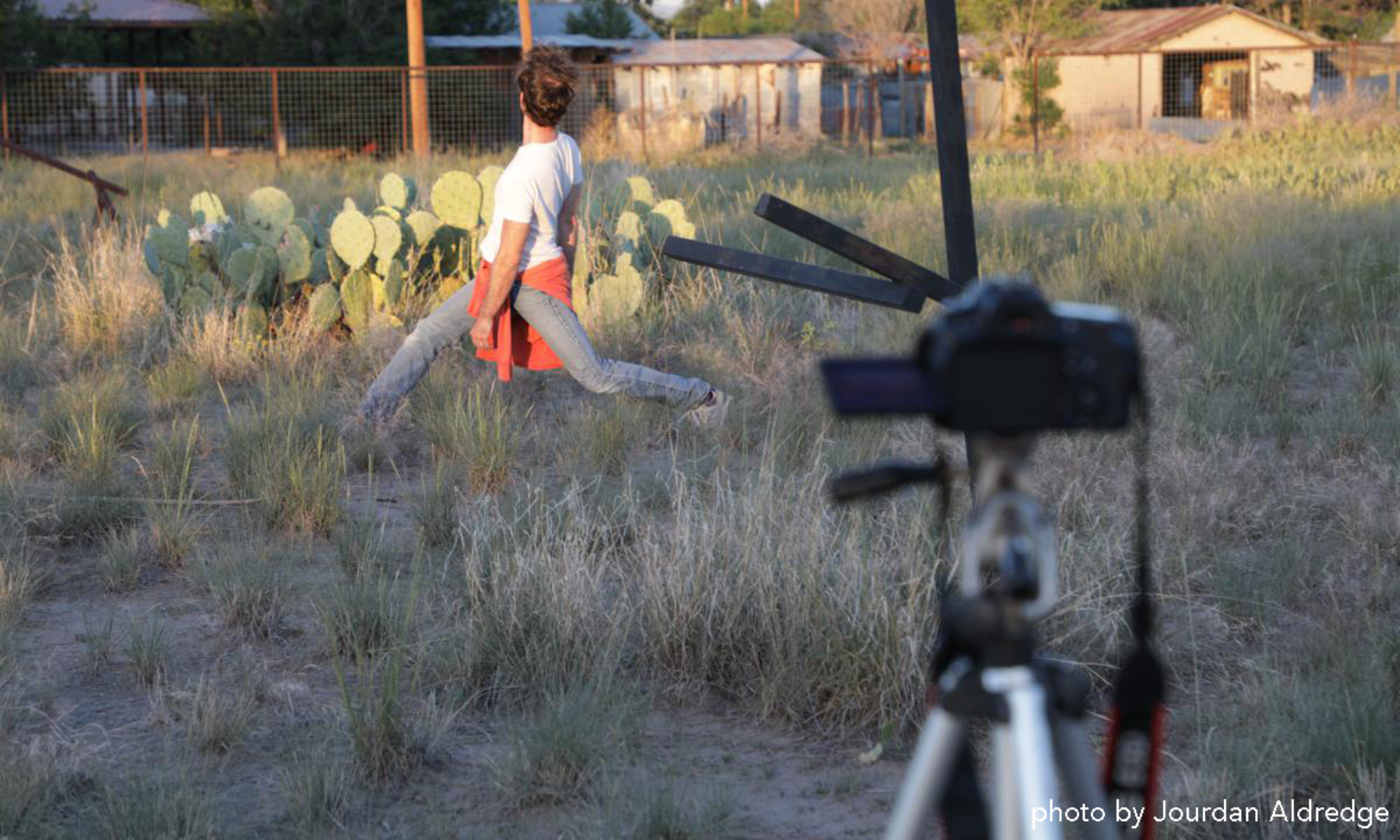The adrenal glands make adrenaline.
The kidneys make pee.
The liver makes amino acids and glucose.
The pancreas makes glucagon and insulin.
The skin makes vitamin D.
The brain makes thought.

the philosophy of movement
The adrenal glands make adrenaline.
The kidneys make pee.
The liver makes amino acids and glucose.
The pancreas makes glucagon and insulin.
The skin makes vitamin D.
The brain makes thought.
Likewise, my analysis of the choreographic compositions will entail an unusual amount of intricate detail in an attempt to unfold, as concretely as possible, the stuff of choreographic problems, which might prove beneficial to readers unfamiliar with the practice of dance.
Bojana Cvejic, pages 3-4, from
Choreographing Problems: Expressive Concepts in European Contemporary Dance and Performance
(and maybe readers who are unfamiliar with dance should go see live performances first, BEFORE they start reading about it.)
“Cvejić argues improvisation’s epistemological lack of rigor due to its reliance on the practitioner’s experience within the frame of the ineffable…” Bell, p.111
from Biba Bell’s review of Choreographing Problems: Expressive Concepts in European Contemporary Dance and Performance in DRJ 48/3 December 2016
Merriam Webster defines epistemological as “the study or a theory of the nature and grounds of knowledge especially with reference to its limits and validity”.
By studying improvisation through the lenses of Ensemble Thinking, the Six Viewpoints, Contact Improvisation, & Action Theater, the theory of the nature of improvisation becomes apparent. I would therefore propose that Ensemble Thinking, the Six Viewpoints, Contact Improvisation, & Action Theater could be seen as epistemological rigor. The rigor already exists. The frame of the ineffable does not preclude epistemological rigor. The theories of the aforementioned improvisation practices are embedded (embodied) in the scores of each improvisational methodology. The scores of these practices could be seen as the theories that transcend the ineffable. These theories live beyond the moment that performing disappearance à la Phelan.
“The consequence of the “monopoly” of practitioners’ knowledge in the field is a lack of proper theoretical study, of a comprehensive systematization…” – Cvejic, p. 130
The bias against practitioner’s tacit knowledge is evident in Cvejic’s position. A comprehensive systematization of improvisational epistemology already exists in theories such as Ensemble Thinking, Action Theater, Six Viewpoints, Contact Improvisation, et. al, already exists in the practices themselves. It is her inability to recognize the theories, as a relay between practices with any of the aforementioned methodologies (Deleuze), inherent, embedded, and embodied within each improvisation method.
As to the idea that there is a “monopoly”, well, yes, of course there is a “monopoly”, and rightly so. Physicists create the theories for physics, because they are the ones who study physics. Economists create the theories for economics because they are the people who study economics. Linguists create the theories for linguistics because they are the ones who study language. People who study improvisation (as it relates to dance) create the theories of improvisation. To know it you have to do it.
Turning, when in contact with a surface that is not perpendicular to the axis of rotation, becomes rolling. – Andrew Wass
“I would suggest that this generates an unfair exchange in that scholars seem to think they can dip into the arts, but are very nervous when artists move into scholarship.”
– Shannon Rose Riley, page 121 in Practice as Research in the Arts by Nelson
“This new provision meant a lot to endangered arts departments, departing from the usually held opinion that they did not belong in the academy because they were applied disciplines…” Nelson, p. 119
Could the argument be made that the hard sciences are applied disciplines? And if so, why are they in the academy?
Has there been a study of the difference in activation of mirror neurons when watching a live or recorded dance?
In people who are trained in the dance style?
In people who are not trained in the dance style?
How about watching a video of one’s self vs. a video of someone else?